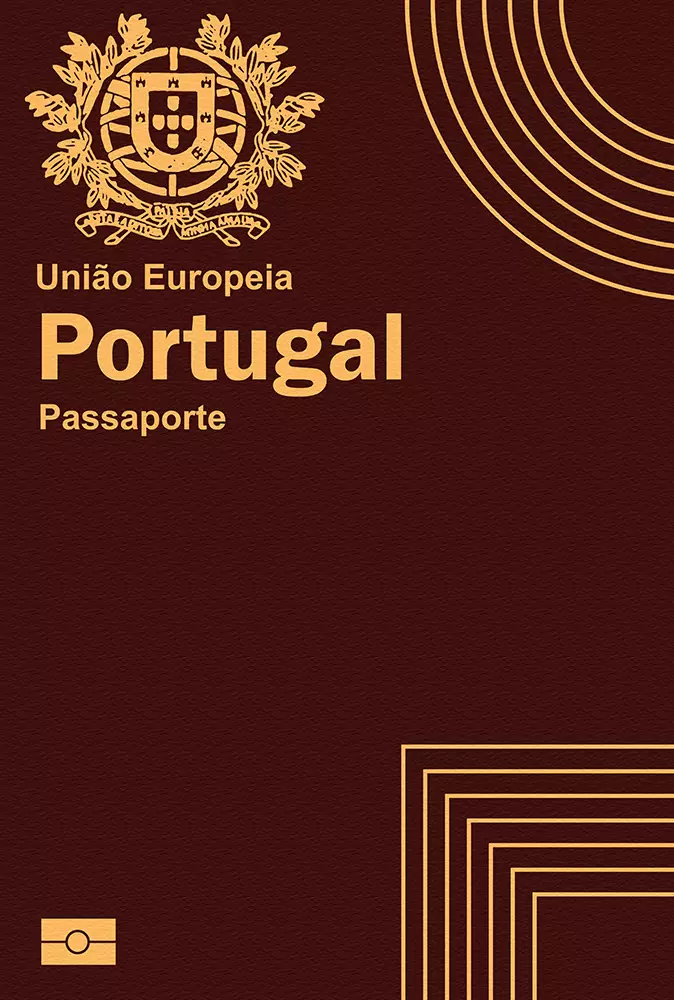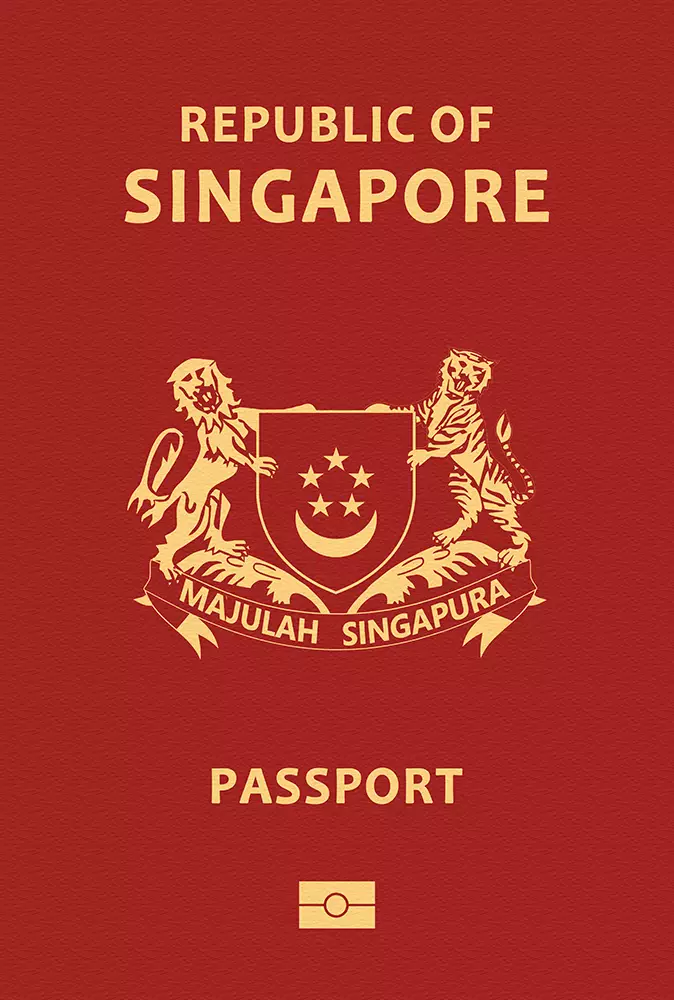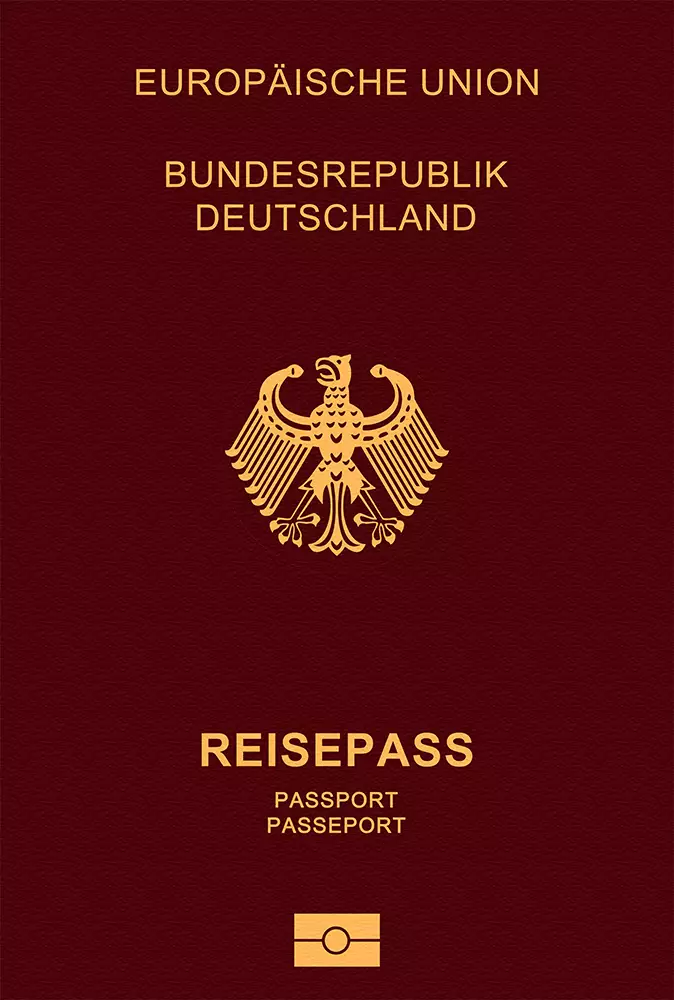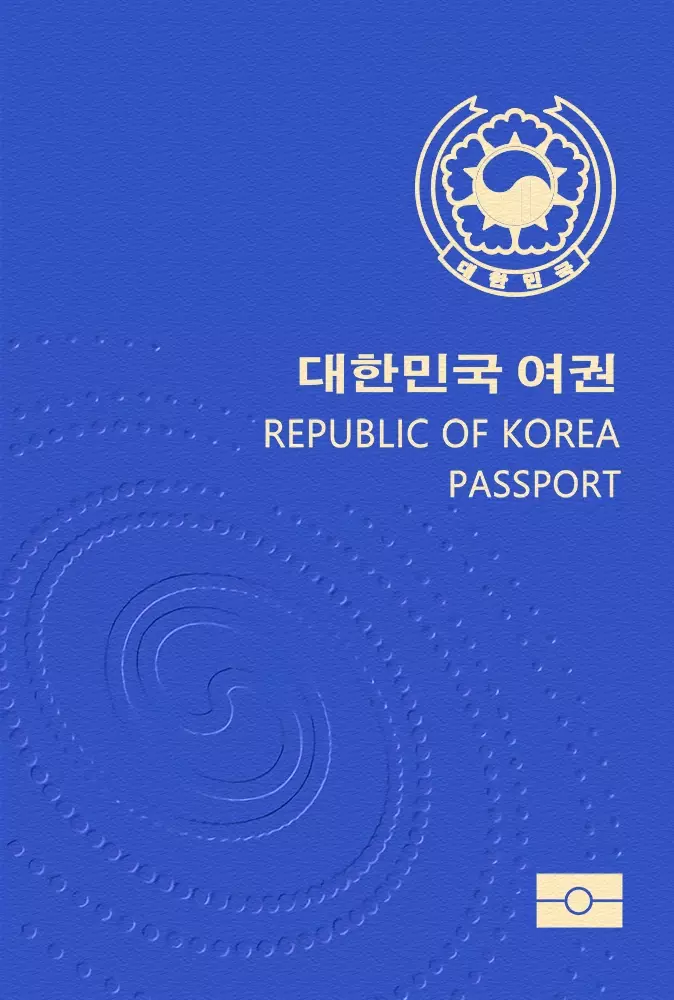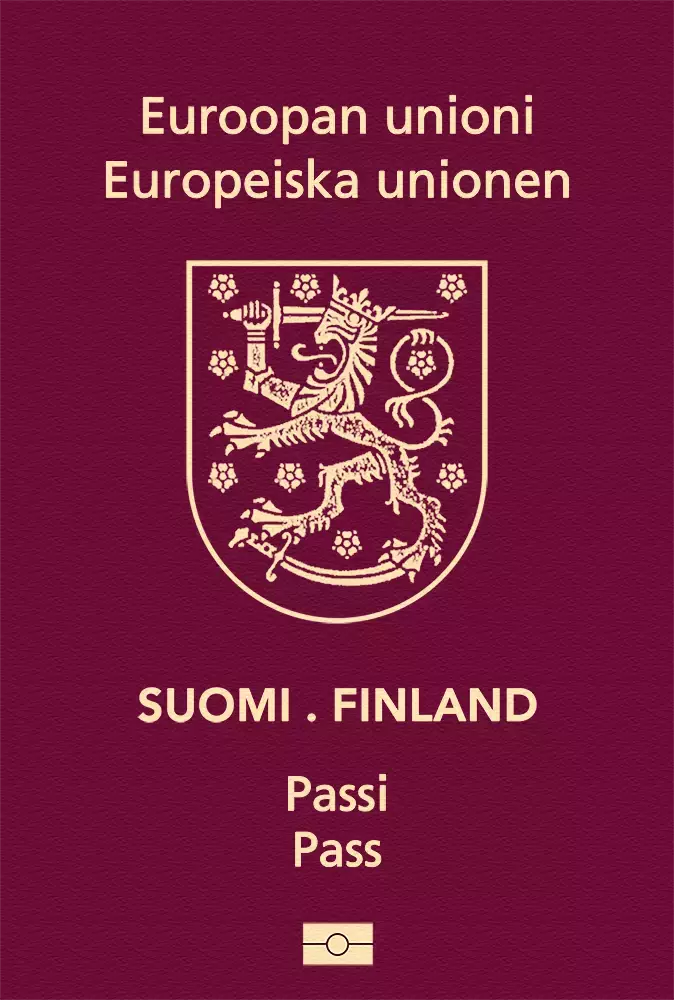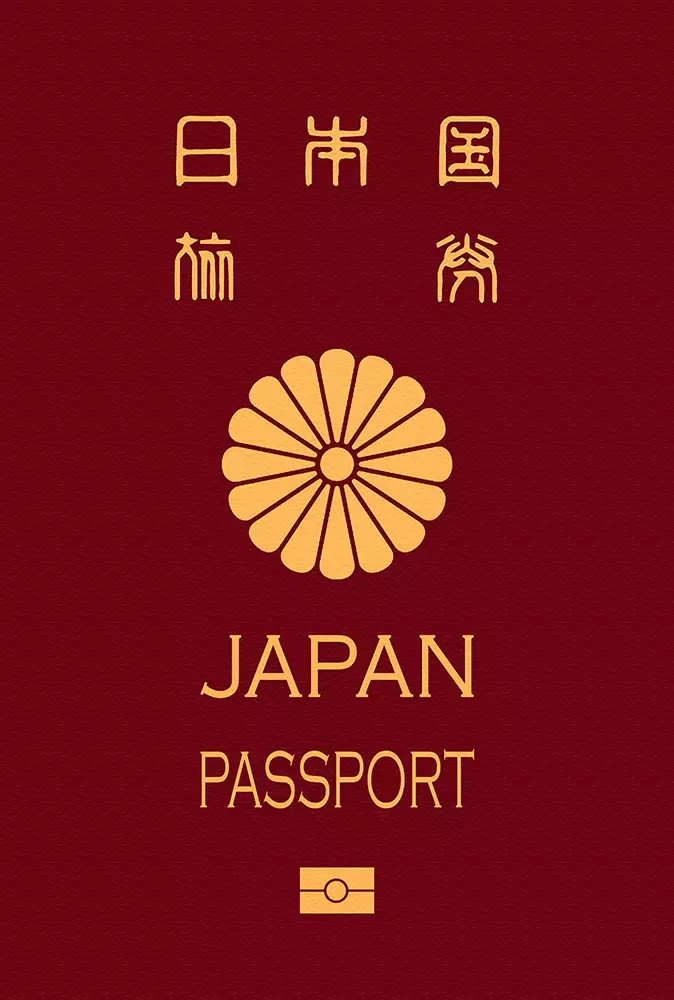Situated in the European Union, the Portuguese Republic is made up of eighteen districts. Spain and the North Atlantic Ocean are its neighbors. Setubal, Lisbon, and Porto are the three most significant districts. Portugal, with its 92,226 square kilometre surface area, is among the smaller member states of the European Union. Its climate is maritime temperate, with cool, rainy weather in the north and warm, dry weather in the south. The topography is divided into a gentler south and a hilly north. More than 10.3 million individuals live there overall. Lisbon, the nation's capital, is also the most populated city, home to more than 505,526 people. The cities of Porto, Vila Nova de Gaia, Braga, and Amadora are also significant. With 31 million passengers annually, Lisbon Airport (LIS) is the biggest airport. It now ranks as Europe's sixteenth busiest airport. There are flights from Lisbon Airport to all of the continents. Portuguese colonial and commercial explorations left their mark on Portuguese culture. The most widely practiced religion is Christianity. Portuguese is the official language of the nation. The civil law is the legal system. It has a semi-presidential republican form of government. The head of state is President Rebelo de Sousa, while the head of government is Prime Minister Antonio Luis Santos da Costa. The Euro (EUR), which is the official currency of the nation, is currently worth 0.93 USD. With an open economy, the nation has the 20th highest GDP in Europe, with a GDP of over $372 billion. The per capita income of its people is $36,246. The two main industries that comprise the majority of the GDP are industry and services. Textiles, apparel, footwear, paper, chemicals, grains, potatoes, and vegetables are the principal exports from the nation. Portugal's GDP is steadily growing, and their fiscal deficit is getting less.
Portugal has a wide range of tourist attractions and places, both natural and urban. There are 17 UNESCO World Heritage Sites in the country. Because of its history of exploration, it is well-known for its charming towns and diverse cultural aspects. Major locations include the Silves Castle, the Geres Mountain Range, the city Lisbon, the Torre de Belem, the Convento do Christo, and the Castelo de Guimaraes. It is estimated that 16.3 million tourists visit the nation annually, with most of them coming from Europe.

